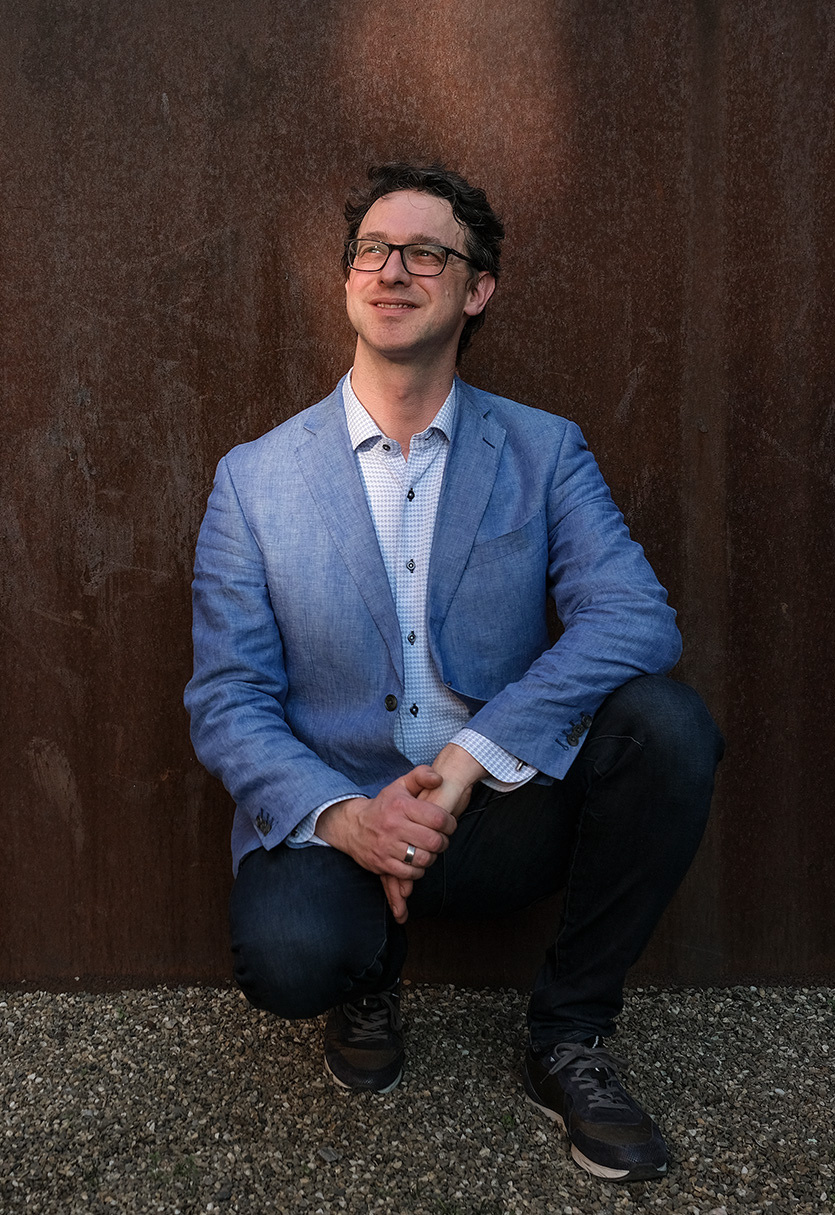
A matter of balance
The importance of fairness and balance is not to be underestimated. It comes with unique challenges, both on a mathematical and on a personal level.
Balanced planning and scheduling
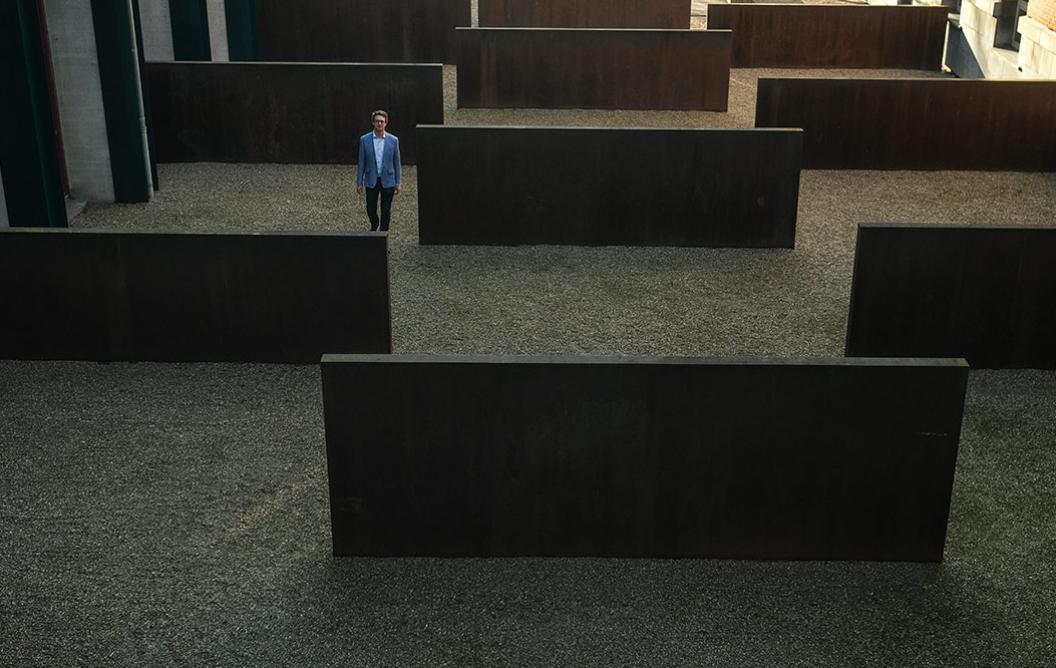
Luckily, he has plenty of examples from the realm of operations research: creating mathematical models of processes going on at companies. Those projects deal with balance, too.
“A lot of my work lies in the area of planning and scheduling. Imagine you have a number of jobs that need to be done, and a limited number of machines to run them on. Those machines can for example be trucks, and the jobs can be to deliver something. You have jobs with different durations, different levels of importance and a different order in which they come in. You want to assign the jobs to the machines, so you’ll need to come up with a schedule. Again, I look at a sort of fairness. For example, how can I minimize the average time it takes to complete all jobs? This is fairly trivial on one machine, but much less is known when it involves multiple machines and when the durations of the jobs are not known exactly.”
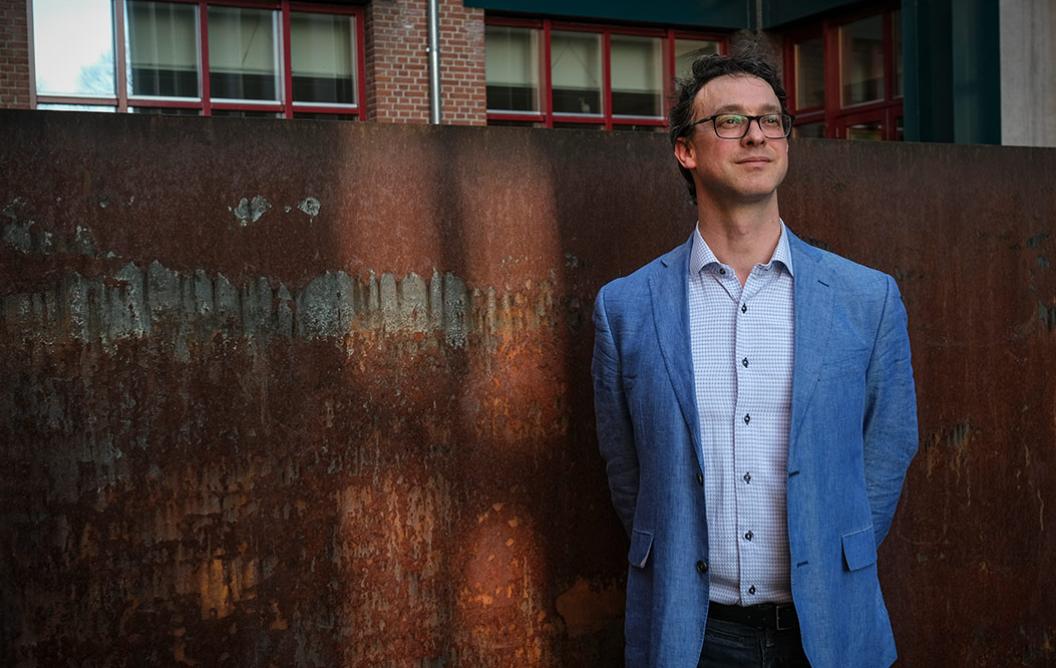
Better than nothing
In that case, it isn’t always possible to come up with the best solution. Vredeveld has that base covered too. “Our most impactful work is in the area of approximations for scheduling under uncertainty. In most cases, you can’t predict the future. Instead, we can approximate how well our solutions are performing compared to an all-knowing entity: is it as much as we realistically can achieve?”
Yet more choices
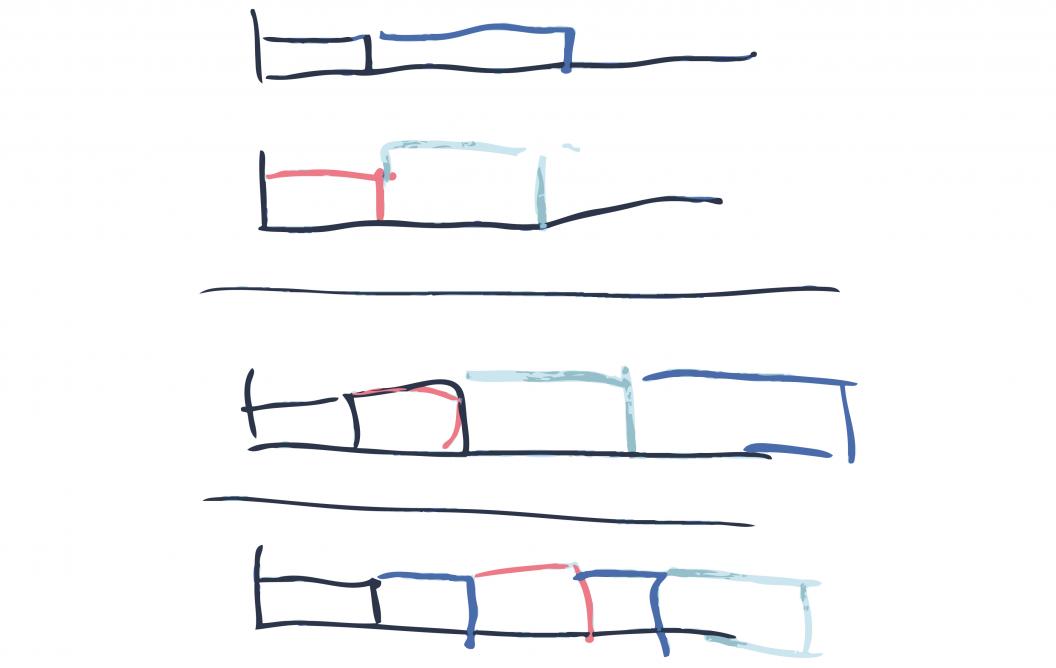
Vredeveld’s visualization of different jobs – the coloured rectangles – being scheduled on different machines. The varying heights resemble varying levels of importance
“You see, I’m a bit all over the place. That makes it difficult to pinpoint something,” Vredeveld says with an apologetic smile. It also makes it hard to link his work to a spot in Maastricht, until we stare at a drawing he just made to visualize the scheduling of different jobs on machines.
The rectangles look just like an artwork in the inner garden of the Bonnefanten museum, which involves self-balancing steel plates. This fact makes Vredeveld’s eyes light up. “Yes, balance!” As it turns out, Richard Serra’s The Hours of the Day approximates his work quite well.
Richard Serra, The Hours of the Day, 1990, Bonnefantenmuseum Maastricht
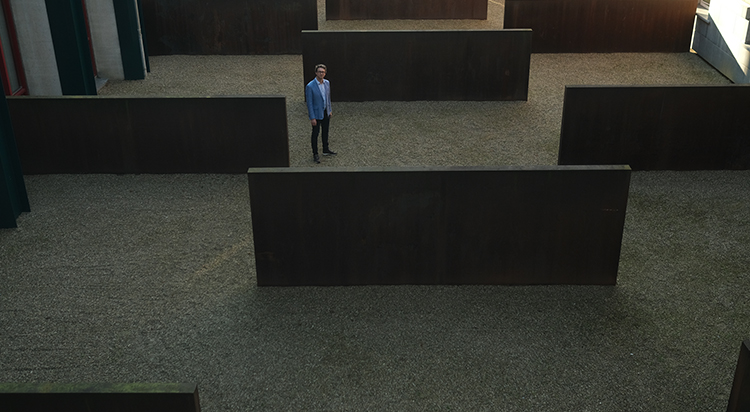
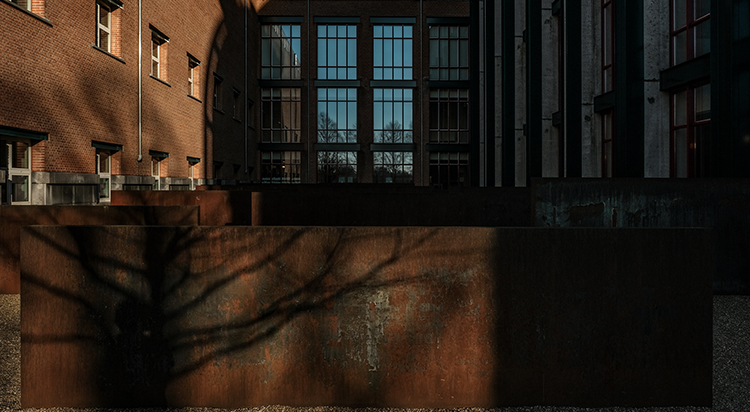
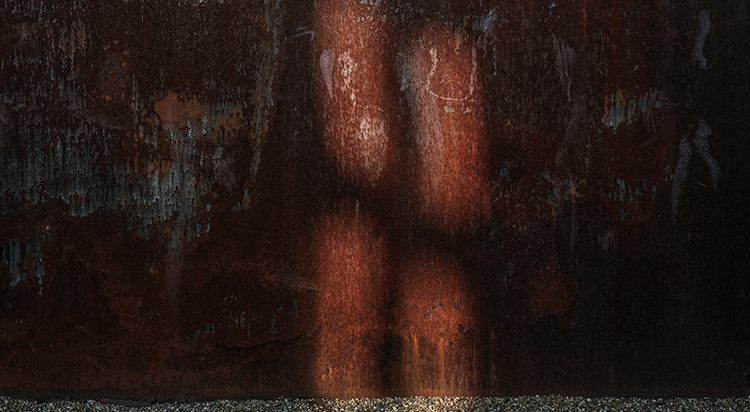
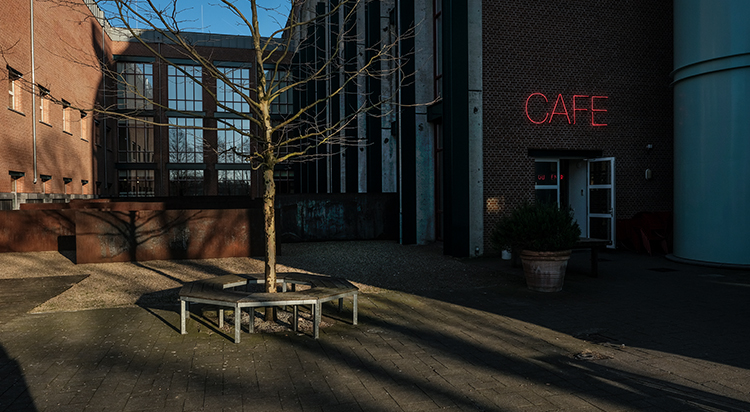
Twelve steel plates of varying heights make up The Hours of the Day by American artist Richard Serra.
Serra is involved in the Process Art Movement, where the focus is on the process of creating art rather than on the end product.
In a lot of Serra’s work, this includes carefully engineering massive steel sculptures that are so well-balanced they seem to defy gravity.
The sculpture is located in the garden of the Bonnefantenmuseum, where it found a permanent home after being part of an exhibition in Zürich in 1993.
Bonnefantenmuseum
Avenue Ceramique 250
6221 KX Maastricht